ATI Med Surg Proctored Exam (Questions and Answers)
Document Content and Description Below
ATI Med Surg Proctored Exam (Questions and Answers) 1. A nurse is assessing a client who is 12hr postoperative following a colon resection. Which of the following findings should the nur... se report to the surgeon? a. Heart rate 90/min b. Absent bowel sounds c. Hgb 8.2 g/dl d. Gastric pH of 3.0 Rationale: Normal Hgb is 13-18M g/dl, 12-16 g/dl. This may indicate a possible hemorrhaging. 2. A nurse is caring for a client who has diabetes insipidus. Which of the following medications should the nurse plan to administer? a. Desmopressin b. Regular insulin c. Furosemide d. Lithium carbonate Rationale: Diabetes Insipidus has decreased ADH. Administer Desmopressin/Vasopressin increase ADH and to stop patient on urinating. 3. A nurse is admitting a client who has arthritic pain and reports taking ibuprofen several times daily for 3 years. Which of the following test should the nurse monitor? a. Fasting blood glucose b. Stool for occult blood - GI bleed c. Urine for white blood cells d. Serum calcium Rationale: ATI Pharm 16. Pg. 485 Ibuprofen (NSAIDs) monitor for GI bleed (bloody, tarry stools, abdominal pain). 4. A nurse in the emergency department is assessing a client. Which of the following actions should the nurse take first (Click on the “Exhibit” button for additional information about the client. There are three tabs that contain separate categories of data.) a. Obtain a sputum sample for culture b. Prepare the client for a chest x-ray c. Initiate airborne precautions d. Administer ondansetron. Rationale: No idea what the Exhibit is all about; won’t be able to answer it. 5. A nurse is contacting the provider for a client who has cancer and is experiencing breakthrough pain. Which of the following prescriptions should the nurse anticipate? a. Transmucosal fentanyl b. Intramuscular meperidine c. Oral acetaminophen d. Intravenous dexamethasone Rationale: ATI pg. 27 Morphine sulfate and fentanyl are opioid agents used to treat moderate to severe pain. A short-acting pain medication is administered for breakthrough pain. 6. A nurse is admitting a client who reports chest pain and has been placed on a telemetry monitor. Which of the following should the nurse analyze to determine whether the client is experiencing a myocardial infarction? a. PR interval b. QRS duration c. T wave d. ST segment Rationale: ST elevation indicates MI. ST depression indicates ischemia 7. A nurse is teaching a client who has ovarian cancer about skin care following radiation treatment. Which of the following instructions should the nurse include? a. Pat the skin on the radiation site to dry it b. Apply OTC moisturizer to the radiation site c. Cover the radiation site loosely with a gauze wrap before dressing d. Use a soft washcloth to clean the area around the radiation site Rationale: pg. 584. Dry the area thoroughly using patting motions. 8. A nurse is caring for a client who is receiving a blood transfusion. The nurse observes that the client has bounding peripheral pulses, hypertension, and distended jugular veins. The nurse should anticipate administering which of the following prescribed medications? a. Diphenhydramine b. Acetaminophen c. Pantoprazole d. Furosemide Rationale: S/S may indicate fluid retention or heart failure. It is important to administer diuretics to prevent cardiovascular/respiratory distress. 9. A nurse is assessing a client who is receiving magnesium sulfate IV for the treatment of hypomagnesemia. Which of the following findings indicates effectiveness of the medication? a. Lungs clear b. Apical pulse 82/min c. Hyperactive bowel sounds d. Blood pressure 90/50 mm Hg Rationale: pg. 278 Confirmed on answer sheet 10. A nurse is reviewing a client’s ABG results pH 7.42, PaC02 30 mm Hg, and HCO3 21 mEq/L. The nurse should recognize these findings as indication of which of the following conditions? a. Metabolic acidosis b. Metabolic alkalosis c. Compensated respiratory alkalosis d. Uncompensated respiratory acidosis Rationale: because the HCO3 21 trying to compensate for respiratory alkalosis. 11. A nurse is caring for a client who has a deep partial thickness burns over 15% of her body which of the following labs should the nurse expect during the first 24 hours A. Decreased BUN (elevated due to fluid loss) B. Hypoglycemia (High due to stress) C. Hypoalbuminemia (Low due to fluid loss) D. Decreased Hematocrit (Elevated due to 3rd spacing during resuscitation phase) Rationale: Pg. 481 ATI. Total protein and albumin- low due to fluid loss. 12. A nurse is caring for a client who has dumping syndrome following a gastrectomy, which of the following actions should the nurse takes? a. Offer the client high carbohydrate meal options (High fat, high protein, low fiber, low to moderate carbs page 317, chapter 49 Peptic ulcer disease med surg ATI PDF 10.0) b. Provide the client with four full meals a day (Small frequent meals) c. Encourage the client to drink at least 360 ml of fluids with meals (Eliminate liquids with meals for 1 hr. prior and following a meal) d. Have the client lie down for 30 minutes after meals (Lying down after a meal slows the movement of food within the intestines) Rationale: ATI pg. 318 Dumping syndromes is a term that refers to a constellation of vasomotor symptoms that occurs after eating, especially following a Billroth II procedure. Early manifestations usually occur within 30 minutes of eating and include vertigo, tachycardia, syncope, sweating, pallor, palpitations, and the desire to lie down. The nurse should instruct the client to decrease the amount of fluid taken at meals and to avoid high-carbohydrate foods, including fluids such as fruit nectars; to assume a low-Fowler's position during meals; to lie down for 30 minutes after eating to delay gastric emptying; and to take antispasmodics as prescribed. 12. A nurse is teaching a group of young adult clients about risk factors for hearing loss. Which of the following factors should the nurse include in the teaching? a. Born with a high weight b. Chronic infections of the middle ear c. Use a loop diuretic such as furosemide and antibiotics like aminoglycoside and gentamicin leads to ototoxic medication d. Perforation of the eardrum e. Frequent exposure to low volume noise Rationale: Peds ATI pg. 77 Exposure to loud environmental sounds. Hearing defects can be caused by a variety of conditions, including anatomic malformation, maternal ingestion of toxic substances during pregnancy, perinatal asphyxia, perinatal infection, chronic ear infection, and ototoxic medications. 13. A nurse is preparing to administer fresh frozen plasma to a client. Which of the following actions should the nurse take? a. Administer the plasma immediately after thawing b. Transfuse the plasma over 4 hours (Can be in 2 to 4 hours) c. Hold the transfusion if the client is actively bleeding (YOU HAVE TO GIVE IT. That’s the whole point! The patient is losing blood so you have to replace it. We give fresh frozen plasma because he or she may have clotting deficiencies) d. Administer the transfusion through a 24-gauge saline lock (Has to be an 18 or 20 gauge) Rationale: Saunders pg. 164 Fresh-frozen plasma 1. Fresh-frozen plasma may be used to provide clotting factors or volume expansion; it contains no platelets. 2. Fresh-frozen plasma is infused within 2 hours of thawing, while clotting factors are still viable, and is infused over a period of 15 to 30 minutes. 3. Rh compatibility and ABO compatibility are required for the transfusion of plasma products. 4. Evaluation of an effective response is assessed by monitoring coagulation studies, particularly the prothrombin time and the partial thromboplastin time, and resolution of hypovolemia. 14. A nurse is assessing a client who reports numbness and tingling of his toes and exhibits a positive TROUSSEAU. Which of the following electrolyte imbalance should the nurse suspect? a. Hyponatremia b. Hyperchloremia c. Hypermagnesemia d. Hypocalcemia Rationale: (Ch. 44 page 277 MS ATI PDF 10.0)Positive s/s of Chvostek’s or Trousseau sign indicates HYPOCALCEMIA. 15. A home health nurse is teaching a client how to care for a peripherally central catheter in his right arm. Which of the following statements should the nurse include in the teaching? a. Change the transparent dressing over the insertion site every 48 hours - transparent dressing can be up to 7 days b. Clean the insertion site with mild soap and water - when showering, must insertion site must be covered!!!!! No water can be in it. c. Measure your right arm circumference once weekly- does not say in the chapter d. Use a 10-milliliter syringe when flushing the catheter Rationale: (Chapter 27 cardiovascular diagnostics and therapeutic procedures p. 166 MS ATI PDF 10.0)Usetransparent dressing to allow for visualization. Follow facility protocol for dressing changes, usually every 7 days and when indicated (wet, loose, soiled).Shower, cover dressing site to avoid water exposure. Follow the Infusion Nurses Society (INS) practicerecommendations for flushing. Use a 10-mL syringe for flushing the PICC line. Do not apply force if resistance is met. ...........CONTINUED [Show More]
Last updated: 1 year ago
Preview 1 out of 14 pages
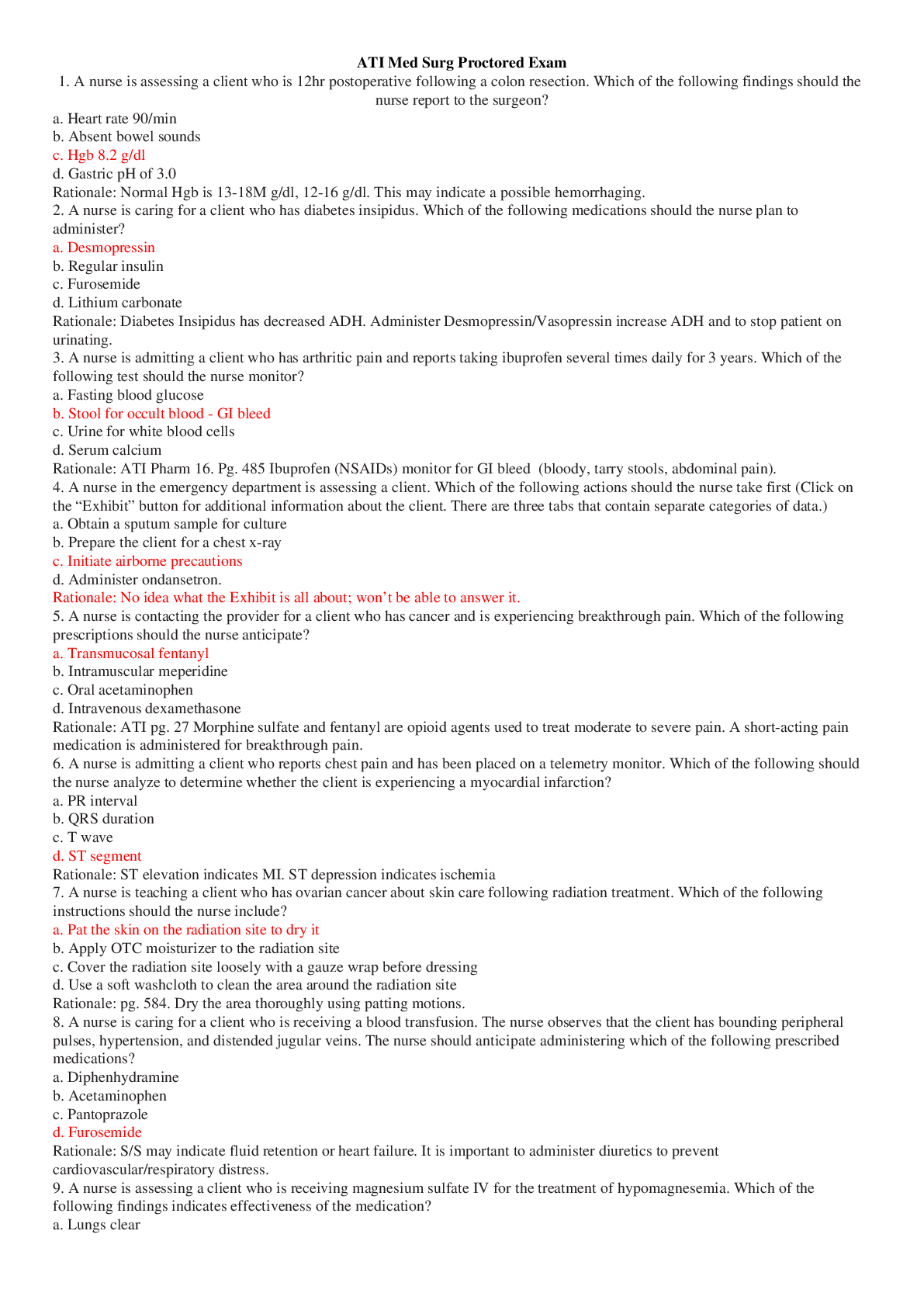
Reviews( 0 )
Document information
Connected school, study & course
About the document
Uploaded On
Jan 27, 2021
Number of pages
14
Written in
Additional information
This document has been written for:
Uploaded
Jan 27, 2021
Downloads
0
Views
53

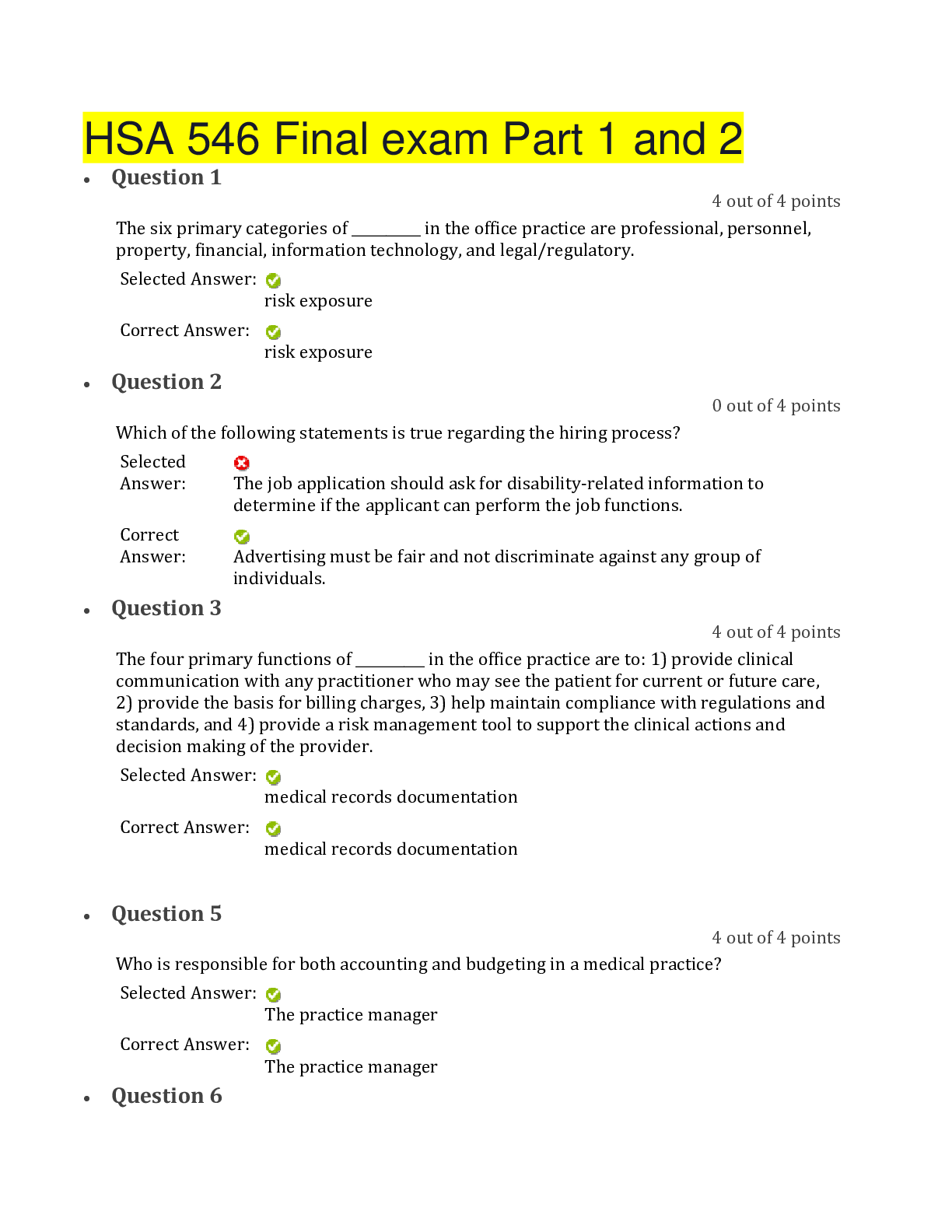
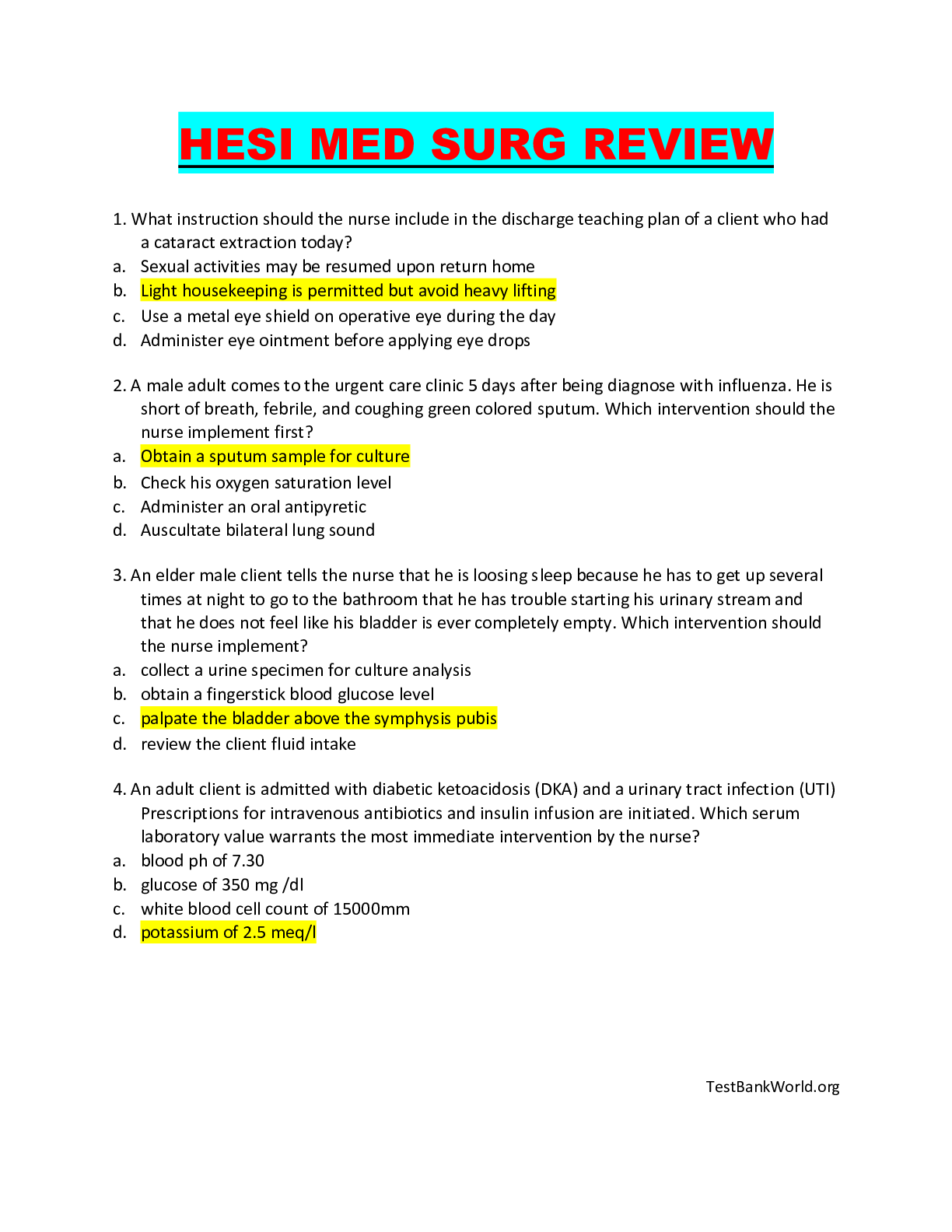

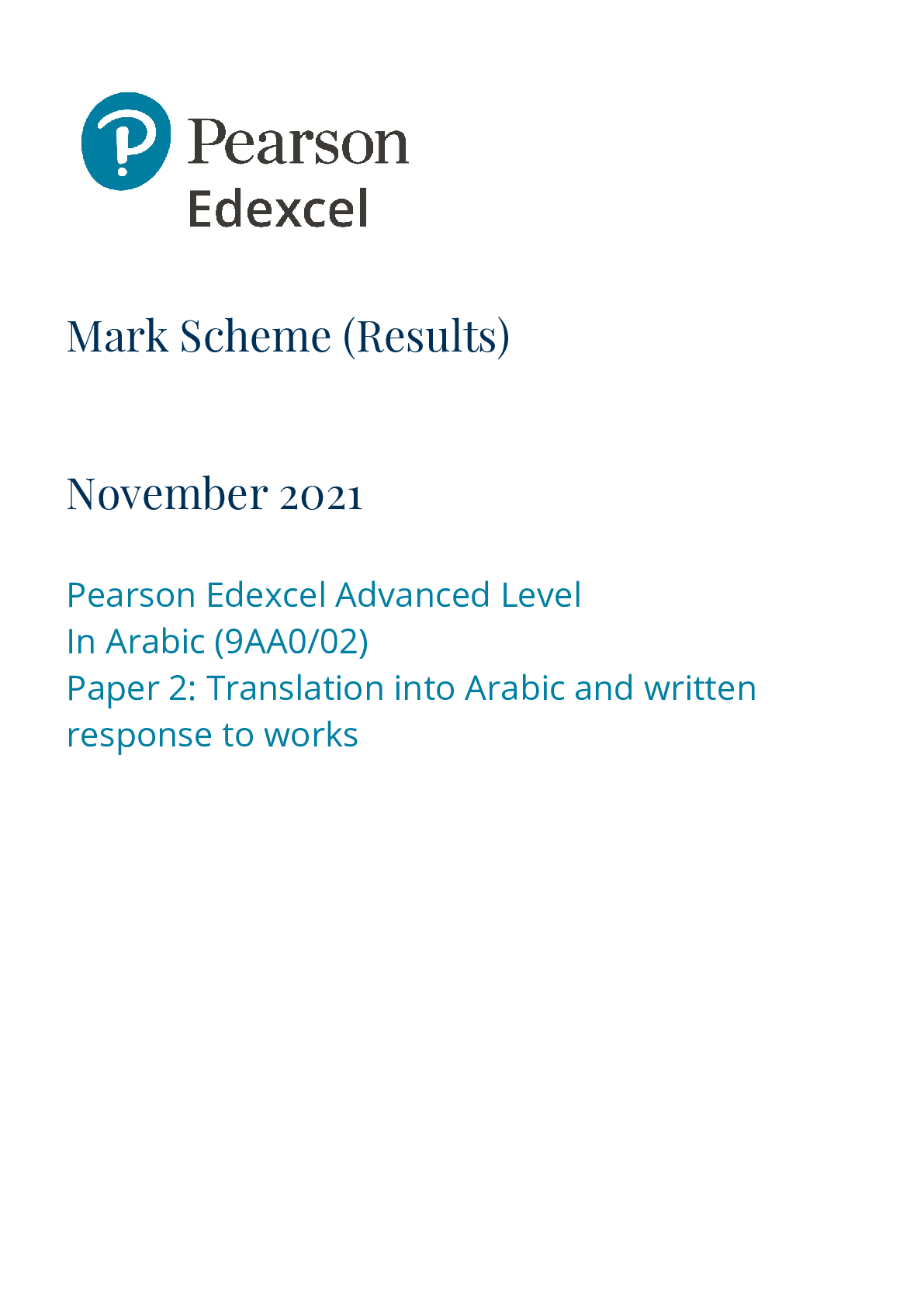

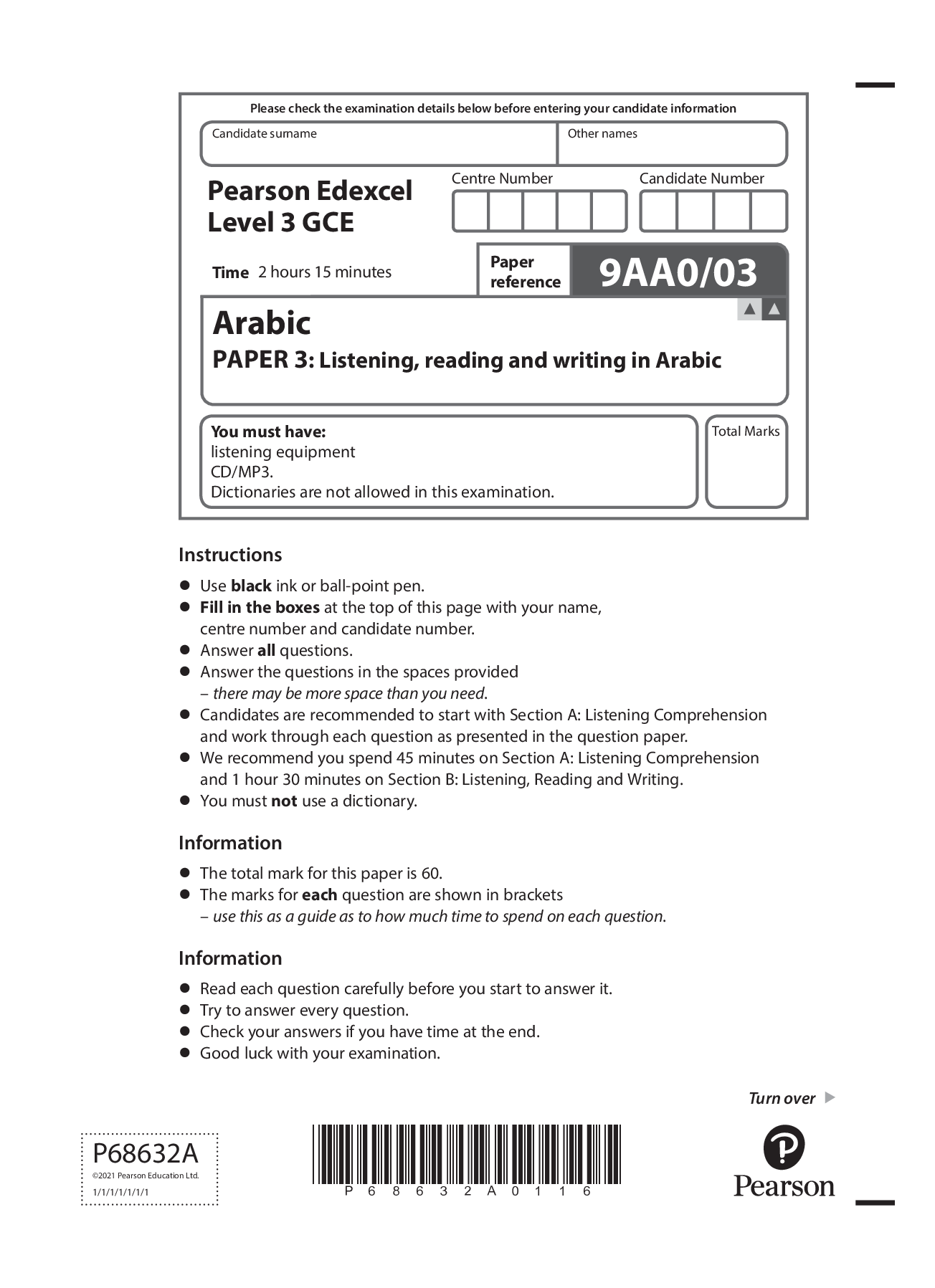

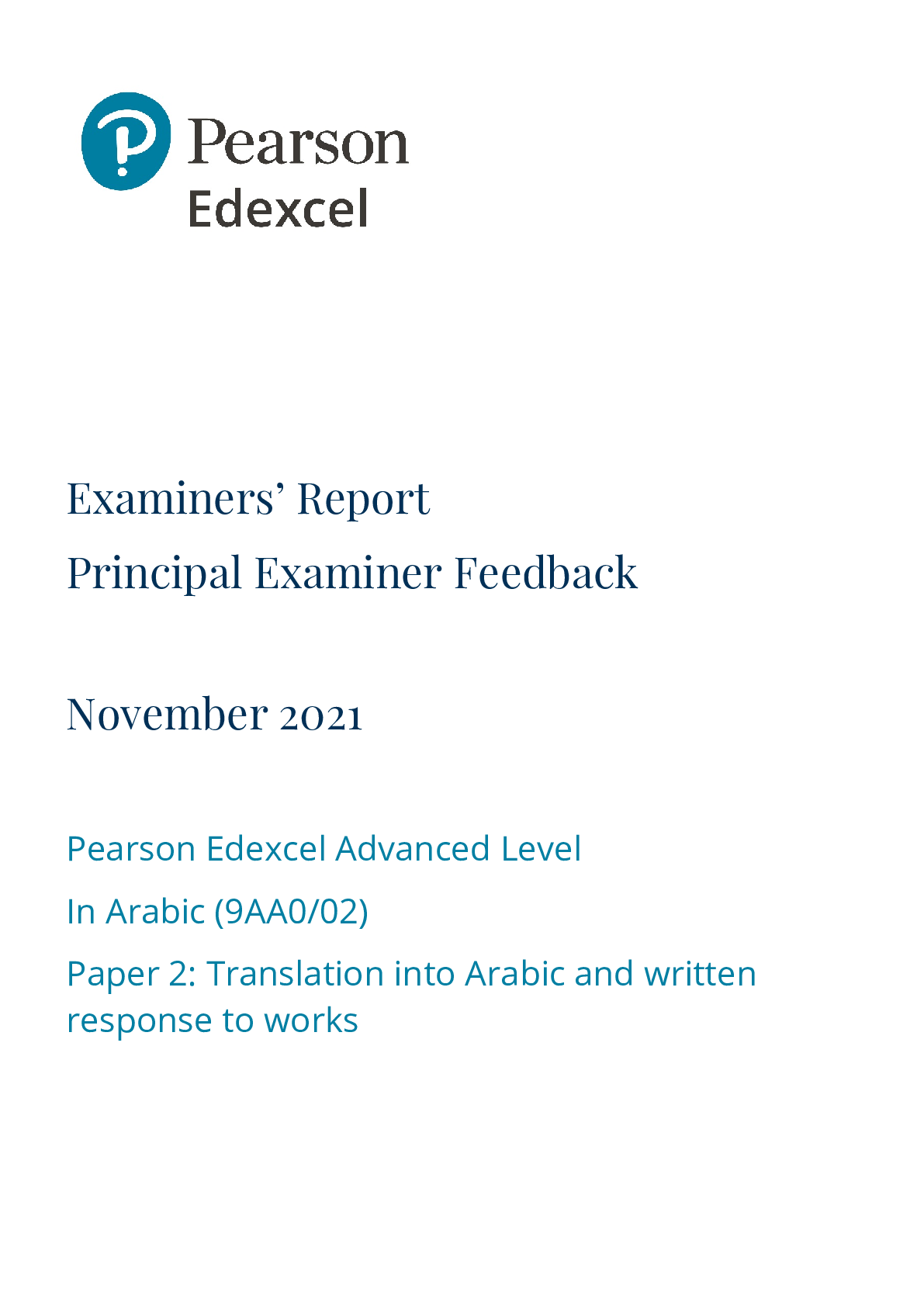
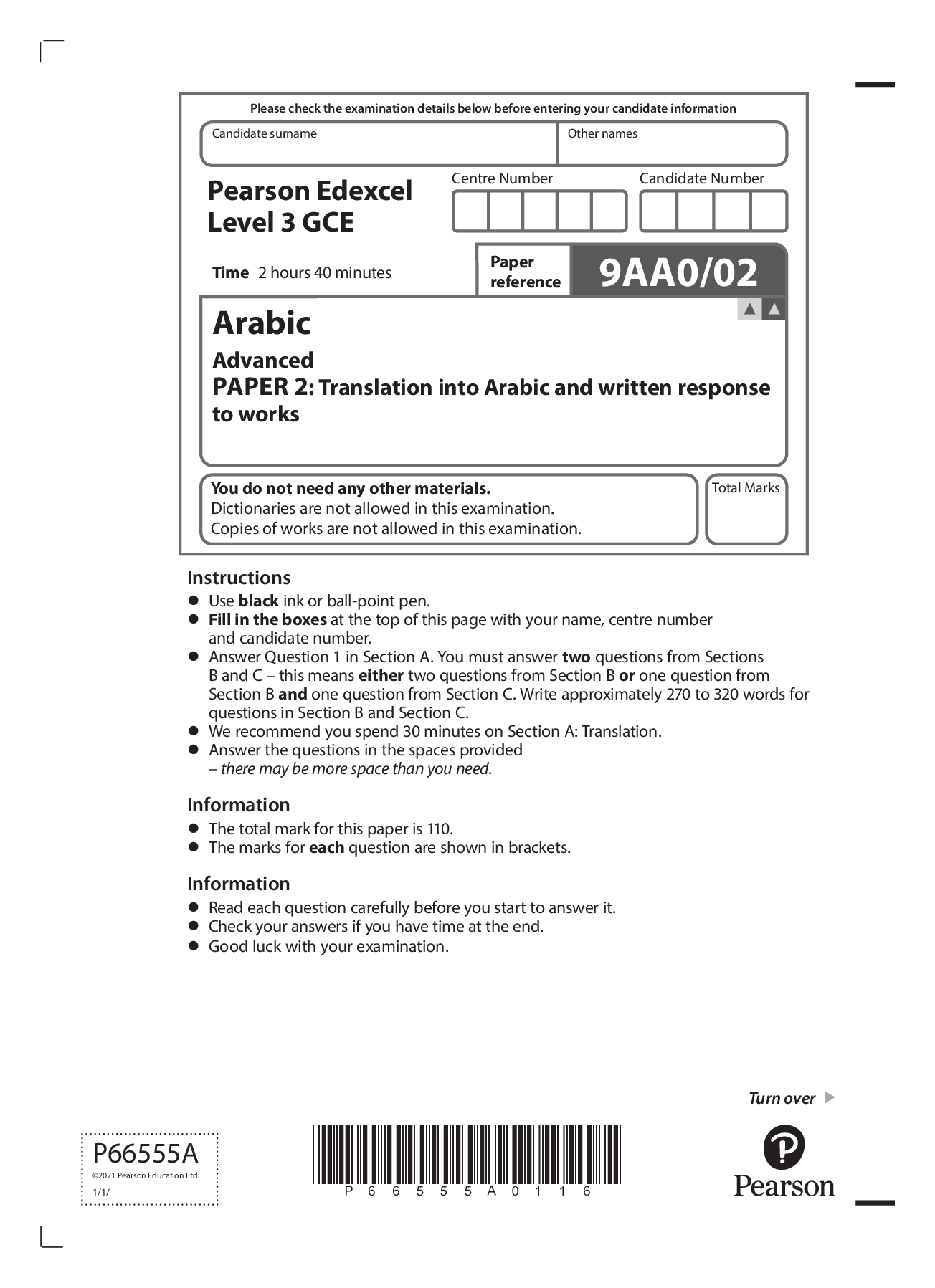


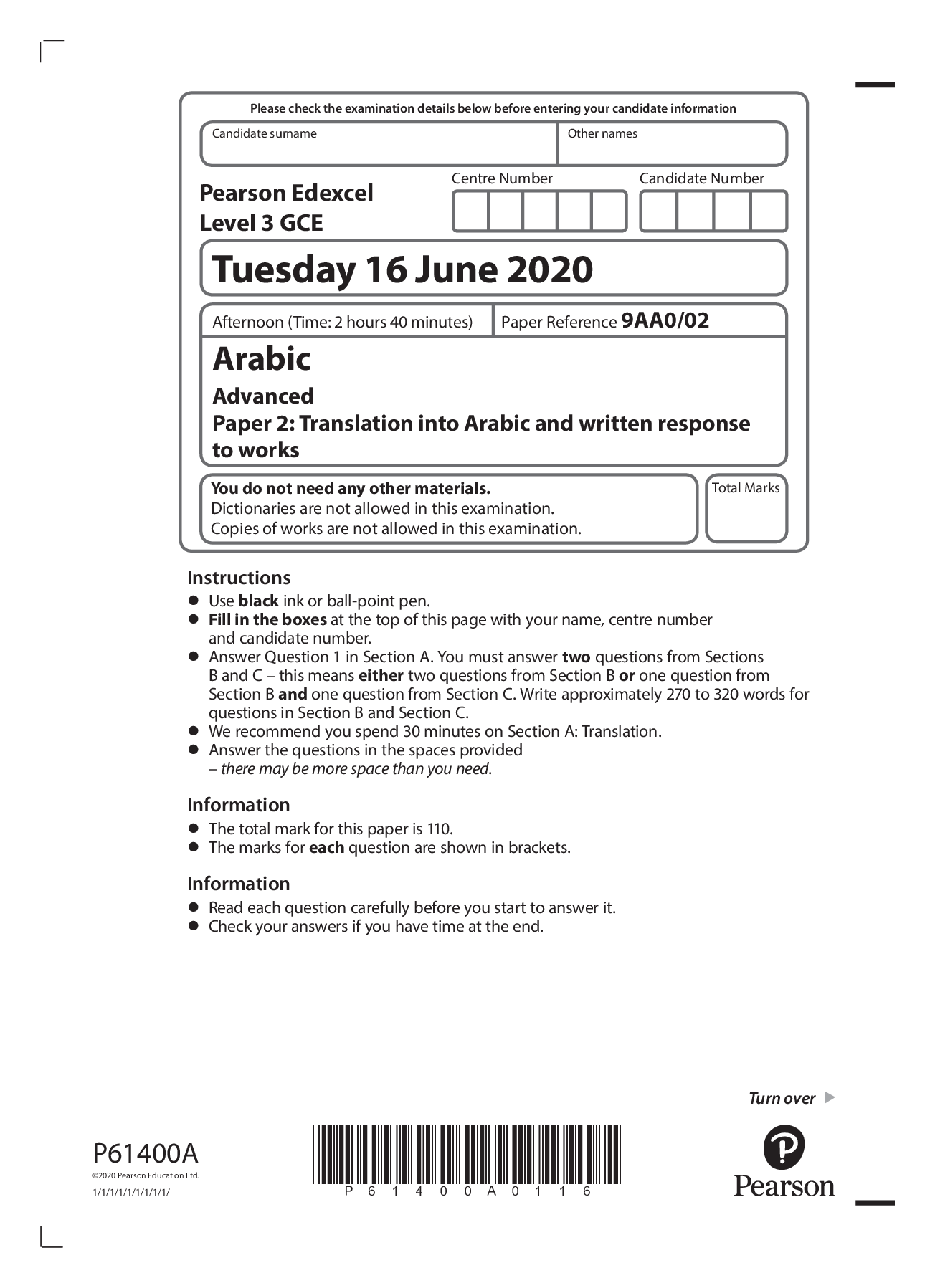
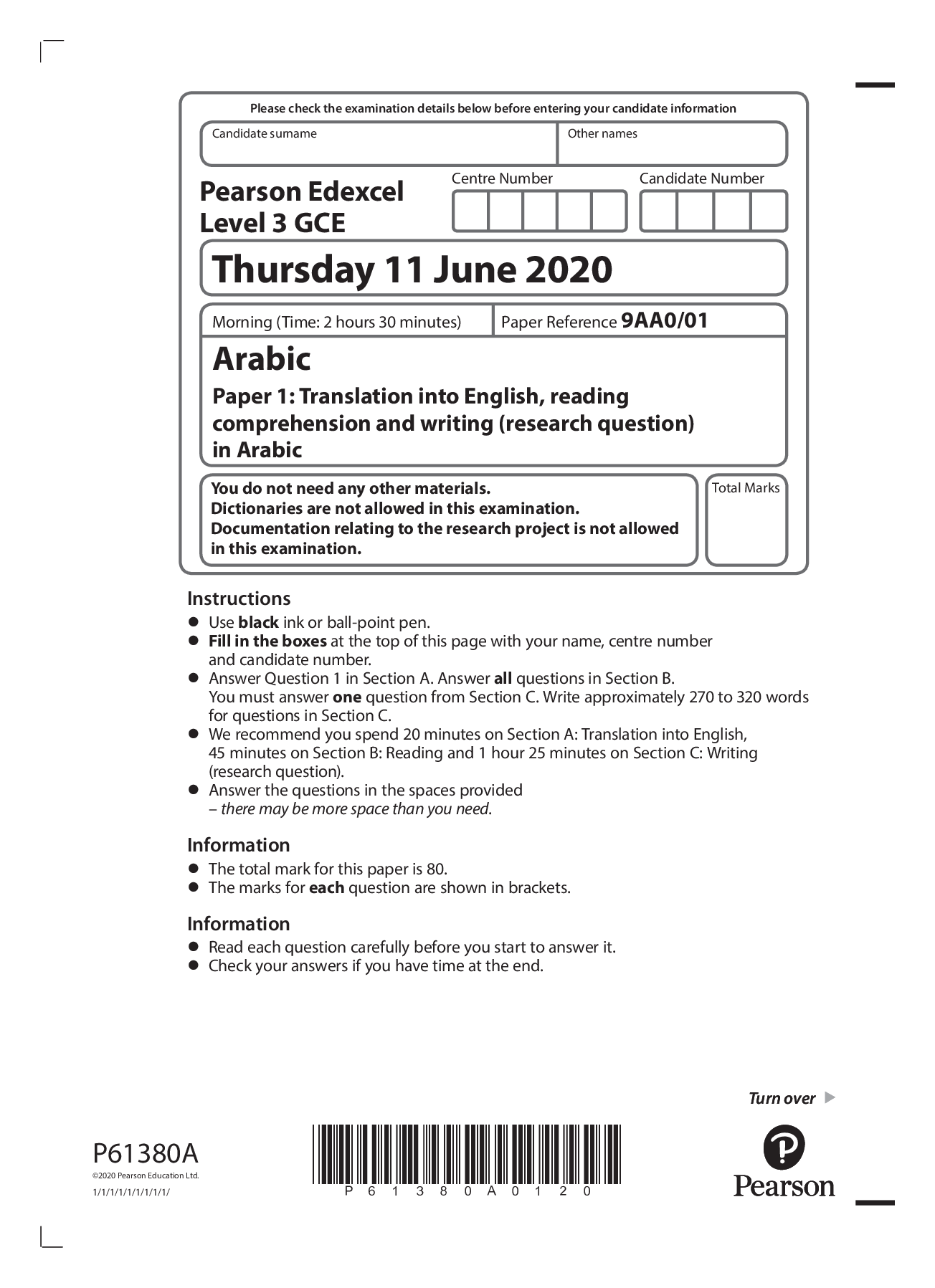

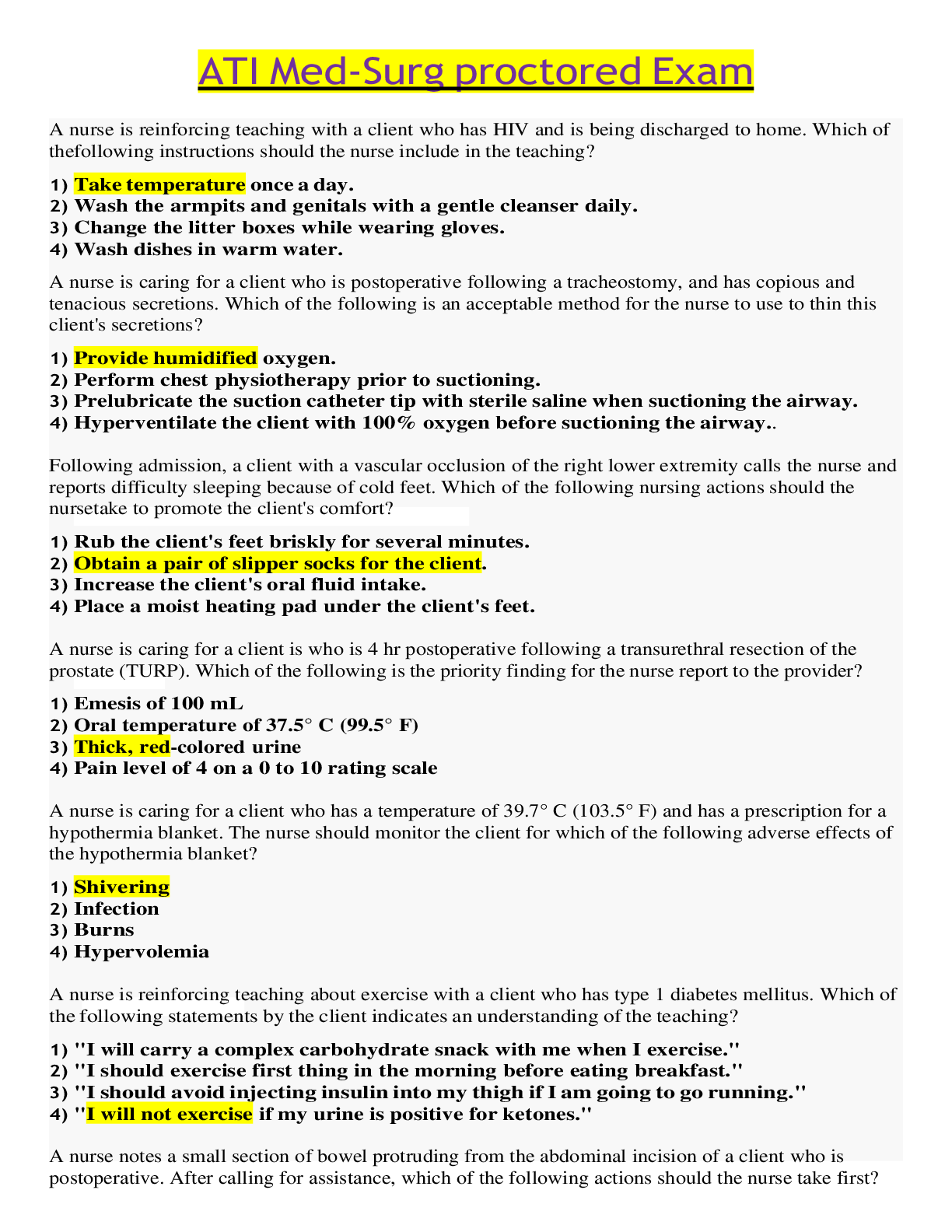







.png)

.png)
.png)
 Latest Updated Solution.png)

